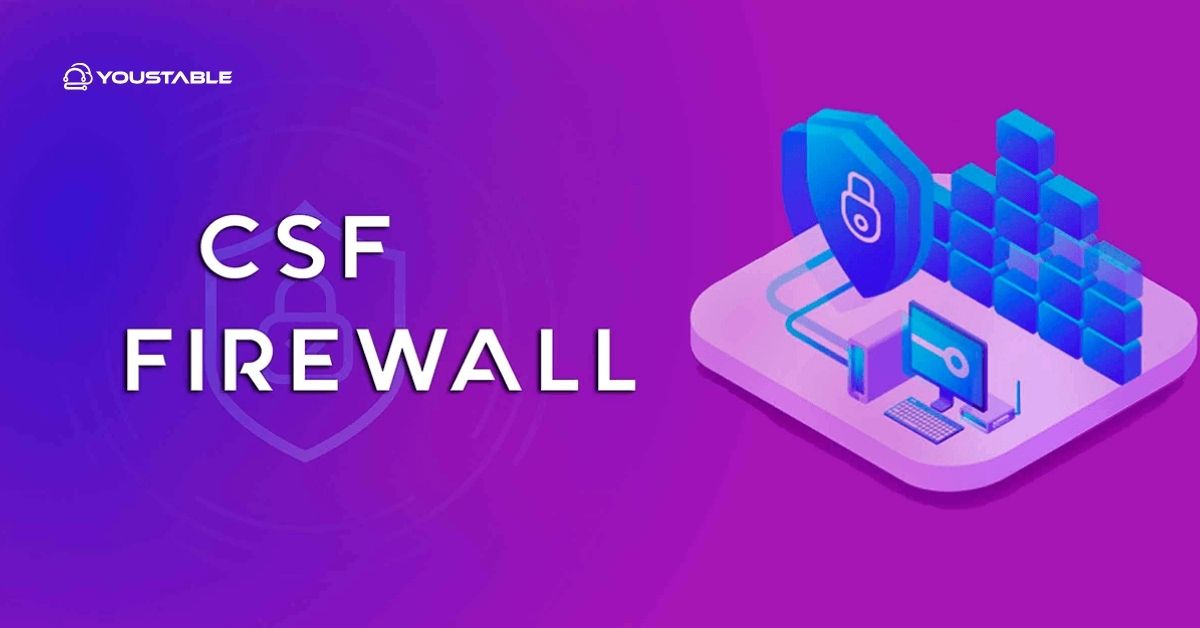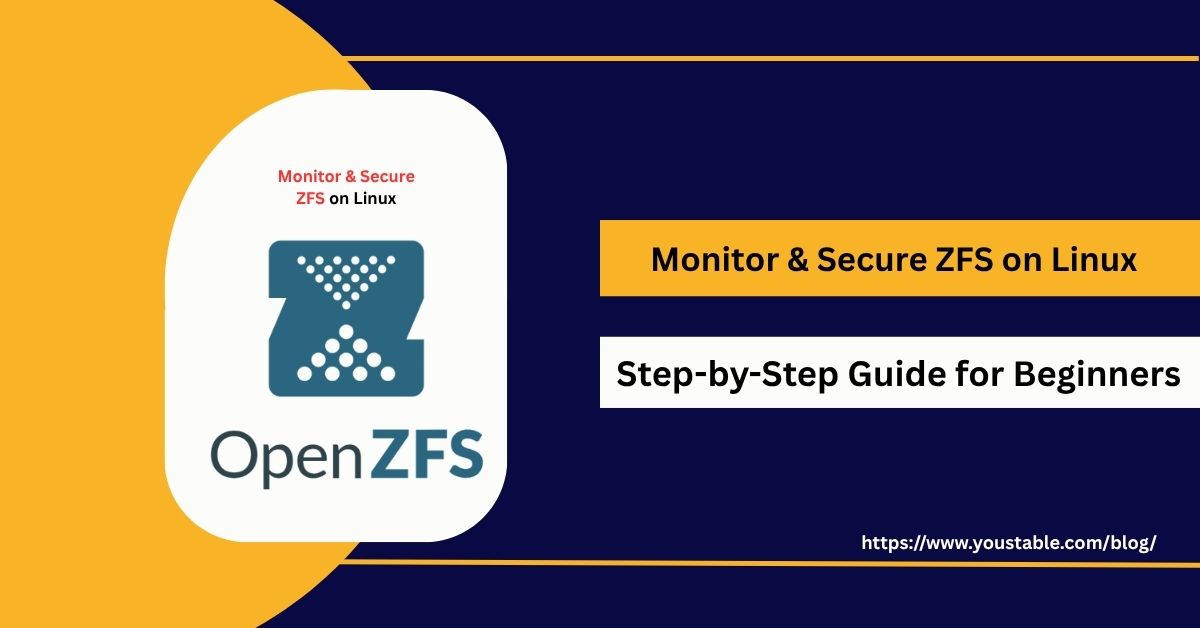ConfigServer Security & Firewall (CSF) is a popular firewall management tool for Linux servers, offering advanced security features like intrusion detection, login tracking, and port monitoring. While CSF strengthens server security, misconfigurations can leave a server vulnerable. To maintain a secure environment, it is crucial to monitor and secure CSF Firewall on Linux.

Securing CSF involves configuring rules correctly, monitoring logs, restricting unauthorized access, enabling alerts, and following best practices. Administrators must combine proactive monitoring, automated policies, and strict configurations to protect the server, maintain uptime, and prevent attacks. This guide provides step-by-step strategies for securing CSF Firewall effectively.
Why Securing CSF Firewall on Linux is Crucial?
CSF Firewall manages network traffic and protects Linux servers from malicious connections, brute-force attacks, and unauthorized access. An unsecured CSF setup may allow attackers to bypass firewall rules, compromise the server, or disrupt services.
Implementing proper security ensures that only trusted traffic passes, logs are monitored for suspicious activity, and configurations cannot be tampered with. Following best practices for secure CSF Firewall on Linux strengthens server defense, prevents unauthorized access, and maintains operational stability.
Step 1: Keep CSF and Linux System Updated
Regular updates ensure that CSF and Linux packages are protected against vulnerabilities and exploits.
- Update CSF:
cd /usr/src/csf
sudo sh install.sh- Update Linux packages:
sudo yum update -y
sudo apt upgrade -yUpdated software reduces risks, ensures bug fixes, and maintains reliable firewall performance.
Step 2: Configure CSF Firewall Rules
Properly configuring rules ensures only necessary ports are open and unauthorized traffic is blocked.
- Allow essential ports for services:
TCP_IN = "22,80,443"
TCP_OUT = "22,80,443"- Deny unused or suspicious ports.
- Configure ICMP and UDP rules if needed.
Well-defined rules prevent unauthorized access and minimize attack vectors.
Step 3: Enable Login and Intrusion Tracking
CSF integrates with LFD (Login Failure Daemon) to monitor suspicious login attempts and block attackers automatically.
- Enable LFD in
/etc/csf/csf.conf:
LF_ENABLED = "1"
LF_TRIGGER = "5"- Set email alerts for repeated failed login attempts.
Monitoring logins prevents brute-force attacks and strengthens server security.
Step 4: Restrict Access to CSF Management
Restricting access to CSF ensures that only authorized administrators can make changes.
- Use strong root or sudo credentials.
- Restrict the CSF web interface (if using WHM or cPanel) to trusted IPs.
- Disable remote root login via SSH.
Controlled access prevents unauthorized modifications to firewall settings.
Step 5: Enable Logging and Alerts
CSF logging and alerts provide visibility into firewall activity and potential threats.
- CSF log location:
/var/log/lfd.log - Enable email notifications for blocked IPs and suspicious activity.
- Use monitoring tools like Nagios or Zabbix to track CSF logs.
Timely alerts help administrators respond promptly to security incidents.
Step 6: Implement Temporary and Permanent IP Blocking
Blocking malicious IPs reduces repeated attacks on the server.
- Temporary block via CSF:
csf -td 192.168.1.100 3600- Permanent block via CSF:
csf -d 192.168.1.100IP blocking mitigates threats and maintains server stability.
Step 7: Automate Security Checks and Backups
Automation ensures CSF configurations and server security policies remain consistent and recoverable.
- Backup CSF configuration files regularly:
cp /etc/csf/csf.conf /backup/csf.conf- Automate LFD alerts, firewall restarts, and rule checks using cron jobs.
Automation reduces human error and guarantees reliable firewall protection.
Step 8: Apply Best Practices to Secure CSF Firewall on Linux
Following best practices strengthens CSF Firewall security and reduces vulnerabilities.
- Keep CSF and Linux packages updated.
- Configure firewall rules precisely for open ports.
- Enable LFD and intrusion detection.
- Restrict management access.
- Enable logging and alerts.
- Block suspicious IPs temporarily and permanently.
- Automate backups and routine security checks.
Consistently applying these measures ensures a secure and resilient Linux server environment.
Conclusion
CSF Firewall is a powerful tool to protect Linux servers, but improper configuration can leave the server vulnerable. By updating software, configuring firewall rules, enabling login monitoring, restricting management access, monitoring logs, blocking suspicious IPs, and following best practices, administrators can secure CSF Firewall on Linux effectively.
A layered security approach ensures network safety, prevents unauthorized access, mitigates attacks, and maintains reliable server operations.


